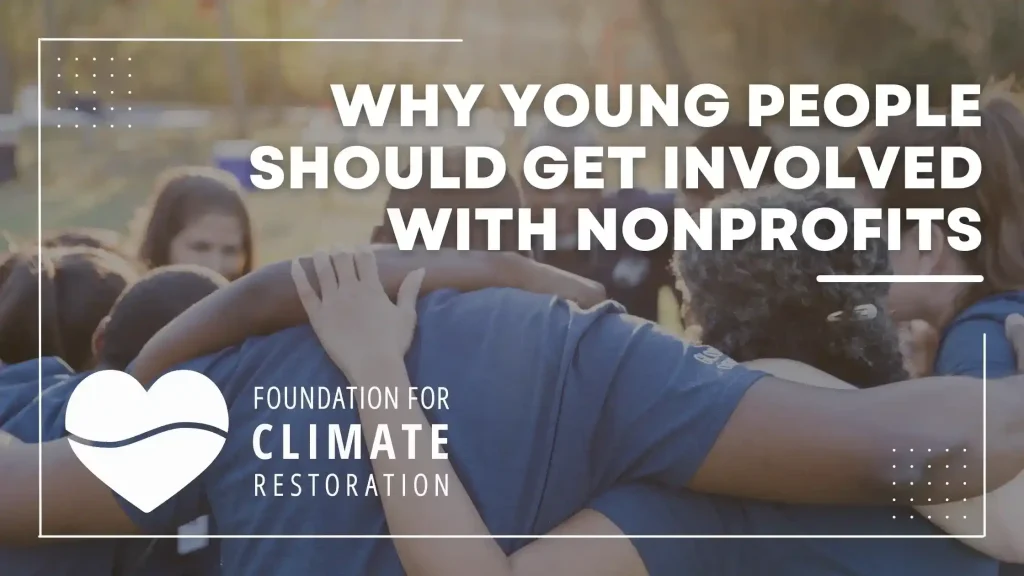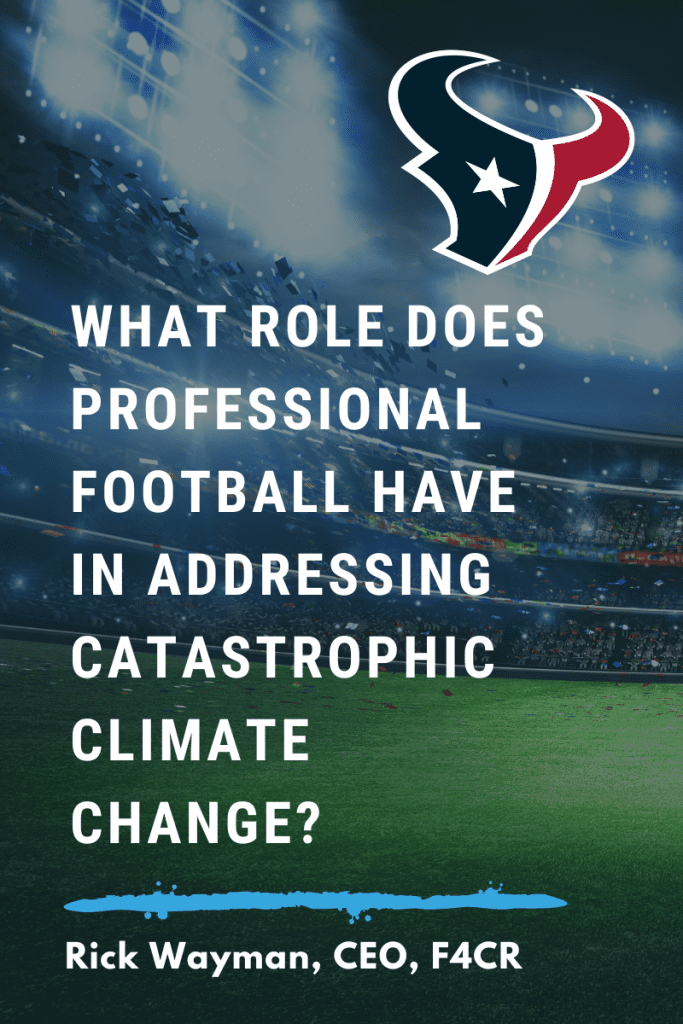By Nick Faber, Intern, Foundation for Climate Restoration
Over the past 8 months, I’ve had the opportunity and the pleasure to volunteer with the Foundation for Climate Restoration, learning about the incredible work the Foundation is doing to further climate restoration among communities around the world. I’ve had an extremely fulfilling experience knowing that the work that I’m doing is leaving a lasting (and positive) impact on climate activism.
This internship experience has raised a question for me: Why aren’t more of my peers volunteering? This blog will serve to highlight the benefits of volunteering and even working for nonprofits and why—despite our busy schedules—young folks should be giving more of our time to helping nonprofits. In this blog, I’ll be addressing fellow Gen Zers in hopes of inspiring others to fight the good fight by volunteering!
Firstly, why volunteer for nonprofits?
Volunteering can provide a range of benefits for you, your professional future, and your community. By volunteering for a nonprofit, you can contribute to a cause you care about, help make a difference in the lives of others, and gain valuable experience and skills. Depending on the type of volunteer work you’re interested in, you can develop your skills in fundraising, research, and many other areas.
Both the skills you develop through your volunteer work and the time you devote to an organization can also make you more attractive to prospective employers. Hiring managers like to see that candidates are good at managing their time, which is demonstrated when you volunteer while in school or working, and that they have a strong moral compass. Your time as a volunteer will also expand your network, giving you more people who can serve as professional references in the future. Putting your volunteer experience on your resumé can help you stand out from other applicants.
The expertise you already possess can also make a huge contribution to organizations, since, “young volunteers often bring a fresh perspective, passion, and energy to [nonprofit] organizations. They tend to be more technologically savvy and more open to new ideas, meaning they can help drive positive change and create new opportunities for improvement.”

Volunteering for nonprofits that work in sustainability specifically is crucial in addressing the pressing environmental issues that humanity faces today and will continue to deal with in the future. Climate change, biodiversity loss, and pollution are all threats to our planet and we need all hands on deck to address these challenges—especially those of us who are younger and whose futures are at stake. By volunteering for a sustainability nonprofit like F4CR, we can make a difference in our local communities while also contributing to a global effort to address environmental issues.
Regardless of the mission of the nonprofit, the work will be fulfilling as you’re working on something larger than yourself while furthering your personal and professional goals.
Now that you’re convinced, how do you get involved?
Getting involved with a nonprofit is easy, and there are many ways to contribute. Start by researching nonprofits in your area and that are working on causes you care about. The next step is simple but maybe the most nerve wracking: reach out to the nonprofit to learn how to get involved! Most nonprofits have contact forms or signup forms on their websites for people who want to volunteer.
Your work can take on a variety of forms, from organizing events and fundraisers to assisting with outreach. This is where you’ll have the opportunity to develop skills that you might be interested in—like sales, marketing, events management, etc.—as your personal preferences or interests might influence where you land. But this freedom to choose how you contribute may also come with time and experience, so I encourage you to be open to all kinds of assignments in the beginning.
Volunteering is a great way for young folks to make a difference in their communities and the world. By volunteering, you can gain valuable experience, meet like-minded people, and contribute to important causes that impact the lives of others. If you’re a young person looking to make a positive impact, consider volunteering for a nonprofit.
I have had an incredible experience and I hope you can too! See you out there!



